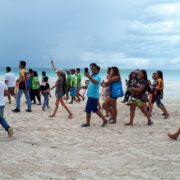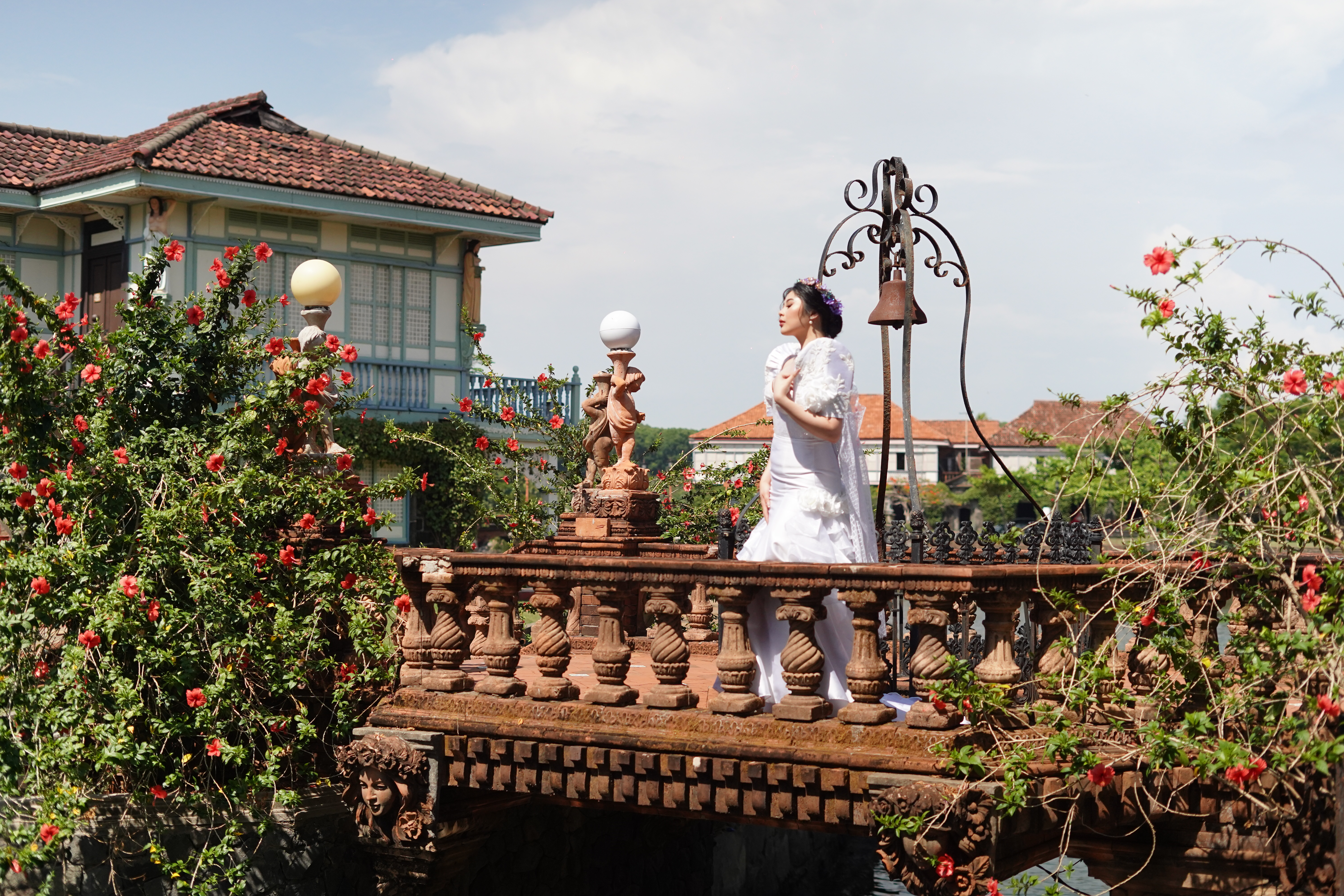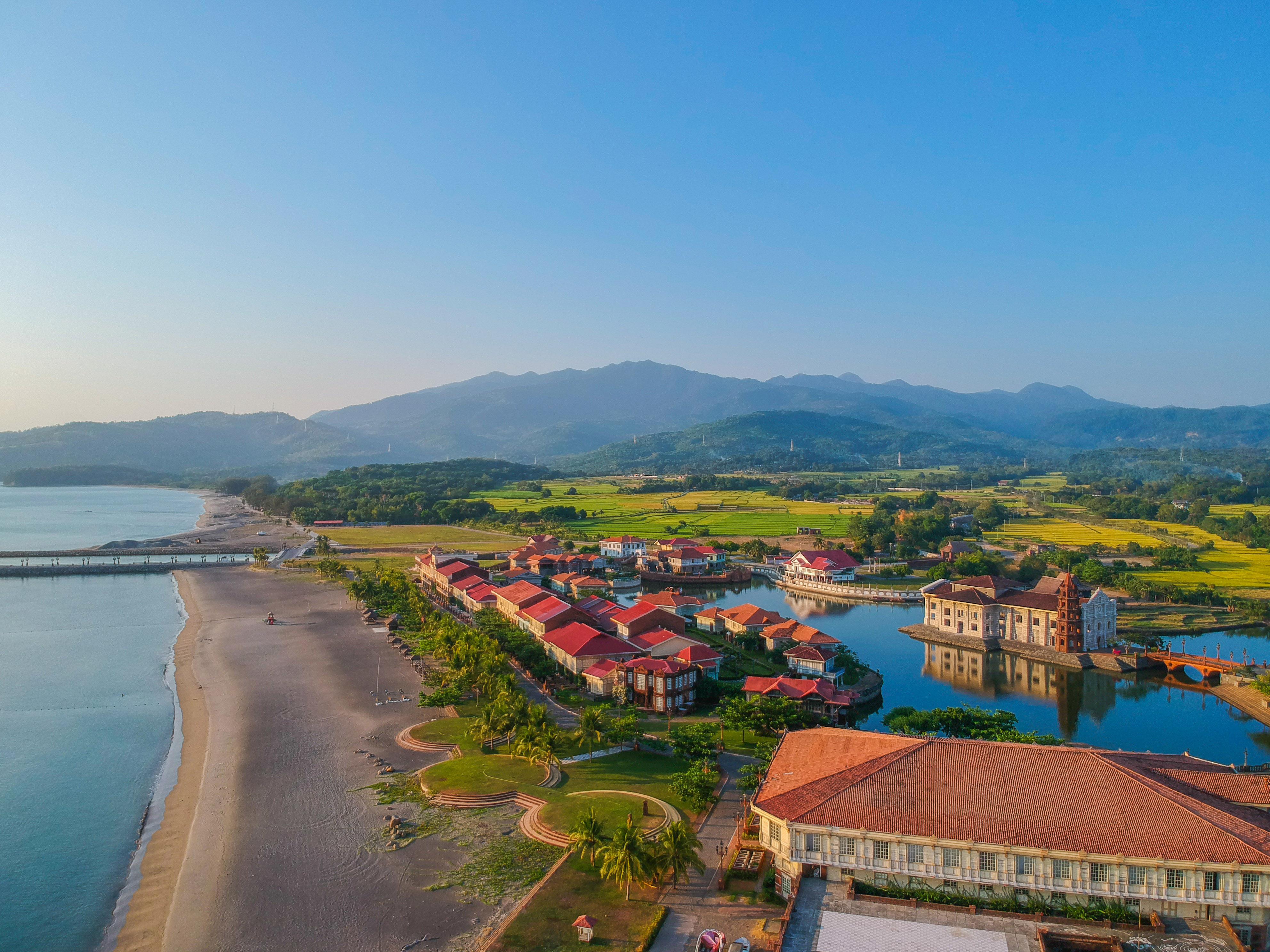
If you are one of the numerous people longing to go to Boracay Island six long months after it was closed for rehabilitation due to environmental reasons last April 26, 2018, you should take note of some things you can and cannot do in the island.
Boracay Island will have a soft opening on October 26. The government, which poured in millions of pesos to rehabilitate the island – from road widening and concreting to improvement of sewerage and drainage system, rehabilitation of wetlands and demolition of illegal structures, clearing of the beachfront of unsightly structures to taking care of residents and workers who had been displaced by the closure – has set certain rules and regulations to prevent the island from reverting back to the reason why it was closed in the first place – a cesspool.
So to sustain the gains, the government, through the Boracay Inter-Agency Task Force (BIATF) composed of agencies to include the DENR, the Department of the Interior and Local Government (DILG), and the Department of Tourism (DOT), has set the guidelines to be followed by visitors and tourists who are so excited to step on the powdery white sand of Boracay Island.Now, it is no longer a cesspool as declared by Department of Environment and Natural Resources (DENR) Secretary Roy Cimatu during the October 15 dry run for the opening- with waters now at 18.1 Most Probable Number (MPN) coliform level per 100 ml., unlike during the previous months which was way, way higher.
First, the tourists must already be booked with a hotel in the island which has complied with the requirements imposed by the BIATF and accredited by the DOT, so that they will get through the Caticlan Jetty Port without delay.
They might be required to present their hotel reservation slips before entering the island, so they must print their booking documents.
The move is also to keep track of people entering the island, as only 6,405 tourists could stay in the Island at a given day.
Smoking and drinking of alcoholic drinks will no longer be allowed at the white beach as well as dining by the beach is also prohibited.
When counting the minutes to welcome the New Year in 2019, there will no longer be fireworks, as fireworks displays will only be allowed until 9 o’clock in the evening.
When shopping for souvenir items, tourists will have to look elsewhere and not at the beachfront, as shops and hawkers along the beach will be banned.
Water sports and diving activities, which had been part of a tourist’s Boracay experience, will be temporarily prohibited and suspended.
Fire dancers will have to find other means to light their lamps, as using kerosene will now be prohibited.
Sand castle-making will be regulated, which means that tourists will be lucky if during their stay in Boracay Island, they can find one where they can have group pictures or selfies to show that they had been to the island.
There will be no installation of electric lights on the beachfront, and casinos will be totally banned in the island.
Adventurous tourists who wish to ride the “habal-habal” or single motorcycles can no longer do this, as “habal-habals” will already be banned in the island.
According to the BIATF, these “habal-habals” cause air and noise pollution, and drivers of these single motorcycles charge higher fares than the e-trikes or tricycles.
For islanders, raising of pigs and chicken for livelihood will no longer be allowed, and hot-coal roasting of meats, especially at the beachfront, is a no-no.
These restrictions are seen to result in the emergence of a “Better Boracay,” envisioned to be enjoyed not just by the current generation, but for the next generations to come. (JBG/VGV/PIA 6 Aklan)
–
By Venus G. Villanueva, Philippine Information Agency. For more information, visit the Philippine Information Agency at https://pia.gov.ph.






